Grow Basil from Seed: Your Guide to a Flavorful, Homegrown Herb Garden
Growing basil from seed might seem daunting, but I promise you, it’s easier than you think! This article is your passport to a vibrant, fragrant basil patch right in your own backyard or even on your windowsill. Forget those sad, limp supermarket bunches; I’m going to share my tried-and-true Grow Basil from Seed techniques, transforming you from a basil-buyer to a basil-grower in no time.
The history of basil is rich and fascinating, stretching back centuries. Used in ancient cultures for both culinary and medicinal purposes, basil holds a special place in many traditions. From the fragrant Genovese basil used in pesto to the spicy Thai basil adding zing to curries, the variety is astounding. And the best part? You can experience this incredible diversity by learning how to grow basil from seed yourself.
Why Grow Your Own Basil?
There are so many reasons to ditch the store-bought basil and embrace the rewarding experience of growing your own. Firstly, homegrown basil tastes infinitely better! Nothing compares to the fresh, vibrant flavor of a leaf picked moments before it graces your plate. Secondly, growing your own basil is incredibly cost-effective in the long run. Once you’ve mastered the art of growing basil from seed, you’ll have a continuous supply of this delicious herb throughout the growing season. Finally, there’s the sheer satisfaction of nurturing a plant from a tiny seed to a thriving herb garden. It’s a truly rewarding experience!
So, are you ready to embark on this flavorful journey? Let’s dive into the simple steps and helpful tips that will have you successfully growing basil from seed and enjoying the fruits (or rather, leaves!) of your labor in no time.
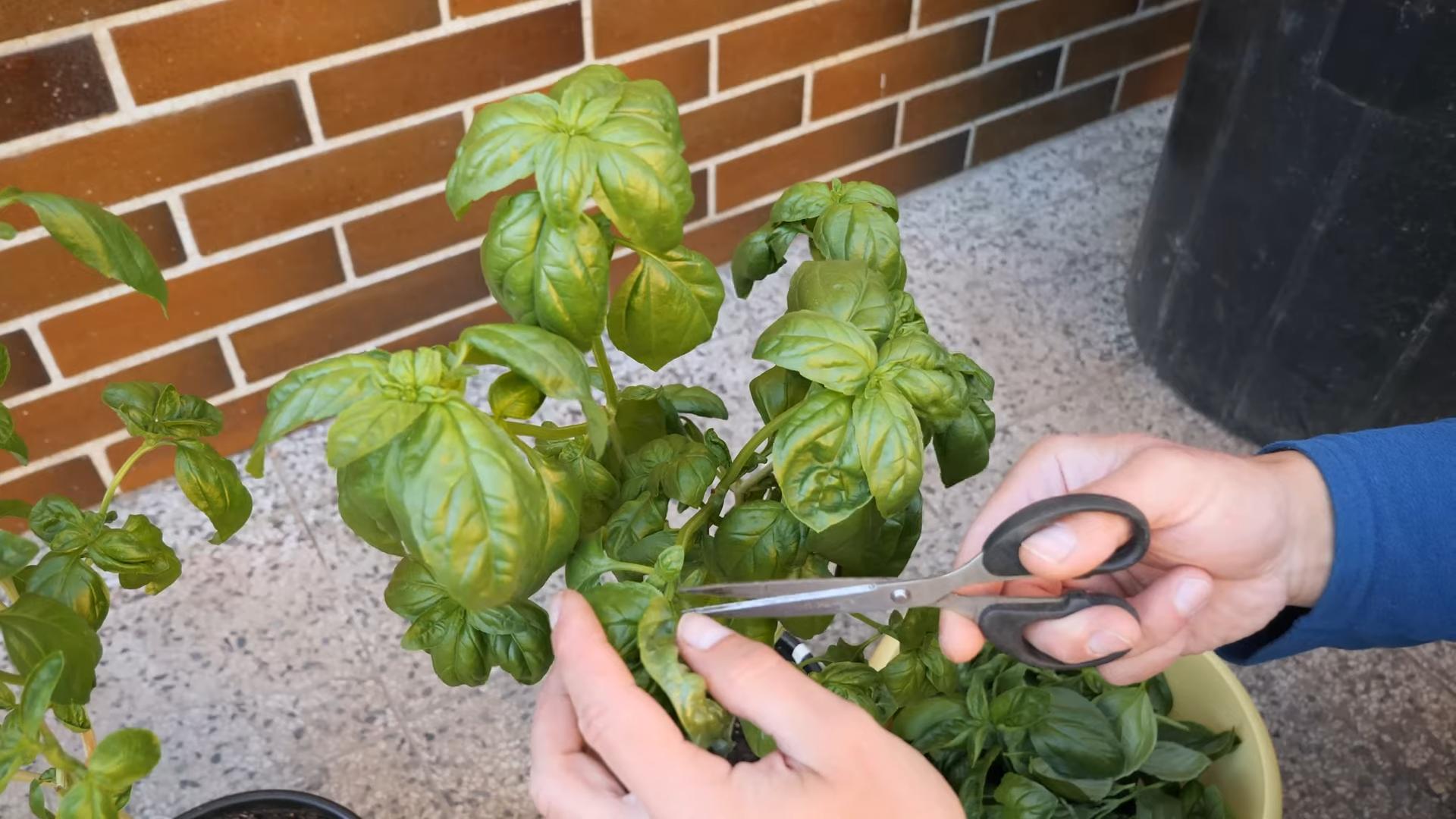
Growing Basil from Seed: A Step-by-Step Guide
I love the taste of fresh basil, and nothing beats growing your own! It’s surprisingly easy to do from seed, even if you’ve never gardened before. This guide will walk you through the entire process, from seed starting to harvesting your delicious leaves.
Phase 1: Preparing for Planting
- Choose your basil variety: There are many types of basil, each with a slightly different flavor profile. Genovese basil is a classic choice, known for its sweet and slightly peppery taste. Sweet basil is another popular option. Consider what kind of flavor you prefer in your cooking.
- Gather your supplies: You’ll need basil seeds, seed starting mix (not regular garden soil!), small pots or seed trays, a watering can with a fine rose, a humidity dome (optional but helpful), and a sunny location.
- Select your containers: Small pots (around 3-4 inches in diameter) or seed trays with individual cells work well. Make sure they have drainage holes to prevent soggy soil.
- Prepare the seed starting mix: Fill your pots or seed trays with the seed starting mix, leaving about ½ inch of space from the top. Gently moisten the mix with water, ensuring it’s evenly damp but not soggy. You should be able to squeeze a small handful and have it hold its shape without dripping water.
Phase 2: Sowing the Seeds
- Sow the seeds: Basil seeds are tiny! I recommend sprinkling them thinly and evenly across the surface of the seed starting mix. Don’t bury them deeply; a light dusting of the mix (about ⅛ inch) is sufficient. If using a seed tray, plant 2-3 seeds per cell.
- Gently water: Use your watering can with a fine rose to gently water the seeds. Avoid dislodging them. A gentle spray is best to prevent washing away the seeds.
- Cover with a humidity dome (optional): A humidity dome helps maintain moisture and warmth, which aids germination. If you don’t have a dome, you can cover the pot or tray with a clear plastic bag, making sure to leave some space for air circulation to prevent mold.
- Place in a warm location: Basil seeds germinate best in temperatures between 70-80°F (21-27°C). Find a warm, sunny spot, ideally with indirect sunlight. Direct sunlight at this stage can be too intense.
Phase 3: Germination and Early Growth
- Monitor moisture: Check the soil moisture daily. Keep it consistently moist but not waterlogged. If using a humidity dome or plastic bag, vent it occasionally to prevent condensation buildup.
- Germination: Basil seeds usually germinate within 7-14 days. You’ll see tiny sprouts emerging from the soil. Once you see several seedlings emerge, remove the humidity dome or plastic bag.
- Thinning (if necessary): If you planted multiple seeds per cell, thin them out once they have a couple of true leaves (the leaves that appear after the initial seed leaves). Gently remove the weaker seedlings, leaving the strongest one in each cell.
- Provide adequate light: As the seedlings grow, they’ll need more light. A sunny windowsill is ideal. If you don’t have enough sunlight, consider using a grow light to supplement natural light.
- Watering: Water regularly, keeping the soil consistently moist. Avoid overwatering, which can lead to root rot. Let the top inch of soil dry out slightly between waterings.
Phase 4: Transplanting and Ongoing Care
- Transplanting: Once your basil seedlings have several sets of true leaves (about 4-6 weeks after germination), they’re ready to be transplanted into larger pots or directly into your garden (if the weather is warm enough). Choose pots that are at least 6 inches in diameter.
- Prepare the new pots: Fill the larger pots with a well-draining potting mix. Gently remove the seedlings from their starter pots, being careful not to damage the roots. Plant them at the same depth they were growing in their starter pots.
- Water thoroughly: Water the newly transplanted basil plants thoroughly to help them settle into their new homes.
- Sunlight: Basil loves sunlight! Place your pots in a location that receives at least 6-8 hours of direct sunlight per day.
- Watering: Continue to water regularly, keeping the soil consistently moist but not soggy. The frequency of watering will depend on the weather and the size of your pots.
- Fertilizing: You can fertilize your basil every 2-3 weeks with a balanced liquid fertilizer diluted to half strength. This will promote healthy growth and abundant leaf production. Don’t over-fertilize, as this can burn the plants.
- Pinch back the tops: To encourage bushier growth and prevent the plant from becoming leggy, pinch off the top sets of leaves when the plant reaches about 6 inches tall. This will stimulate branching and produce more leaves.
Phase 5: Harvesting and Enjoying Your Basil
- Harvesting: You can start harvesting basil leaves once the plants are about 6 inches tall. Harvest leaves by pinching them off just above a set of leaves. Avoid cutting the stems, as this can damage the plant.
- Regular harvesting: Regular harvesting encourages bushier growth and prevents the plant from flowering prematurely. Harvest leaves frequently, as needed, for your culinary creations.
- Storage: Fresh basil leaves can be stored in the refrigerator for up to a week in a plastic bag or container. You can also freeze basil leaves for longer storage. Simply wash and dry the leaves, then place them in a freezer bag.
- Enjoy! Add your fresh basil to pasta dishes, salads, pizzas, pesto, and more! The flavor of homegrown basil is truly unbeatable.
Troubleshooting
Yellowing Leaves:
This could indicate overwatering or underwatering. Adjust your watering schedule accordingly.
Leggy Plants:
This usually means the plants aren’t getting enough sunlight. Move them to a sunnier location or supplement with a grow light.
Pest Problems:
Aphids and whiteflies can sometimes affect basil plants. Inspect your plants regularly and treat any infestations promptly with insecticidal soap or neem oil.
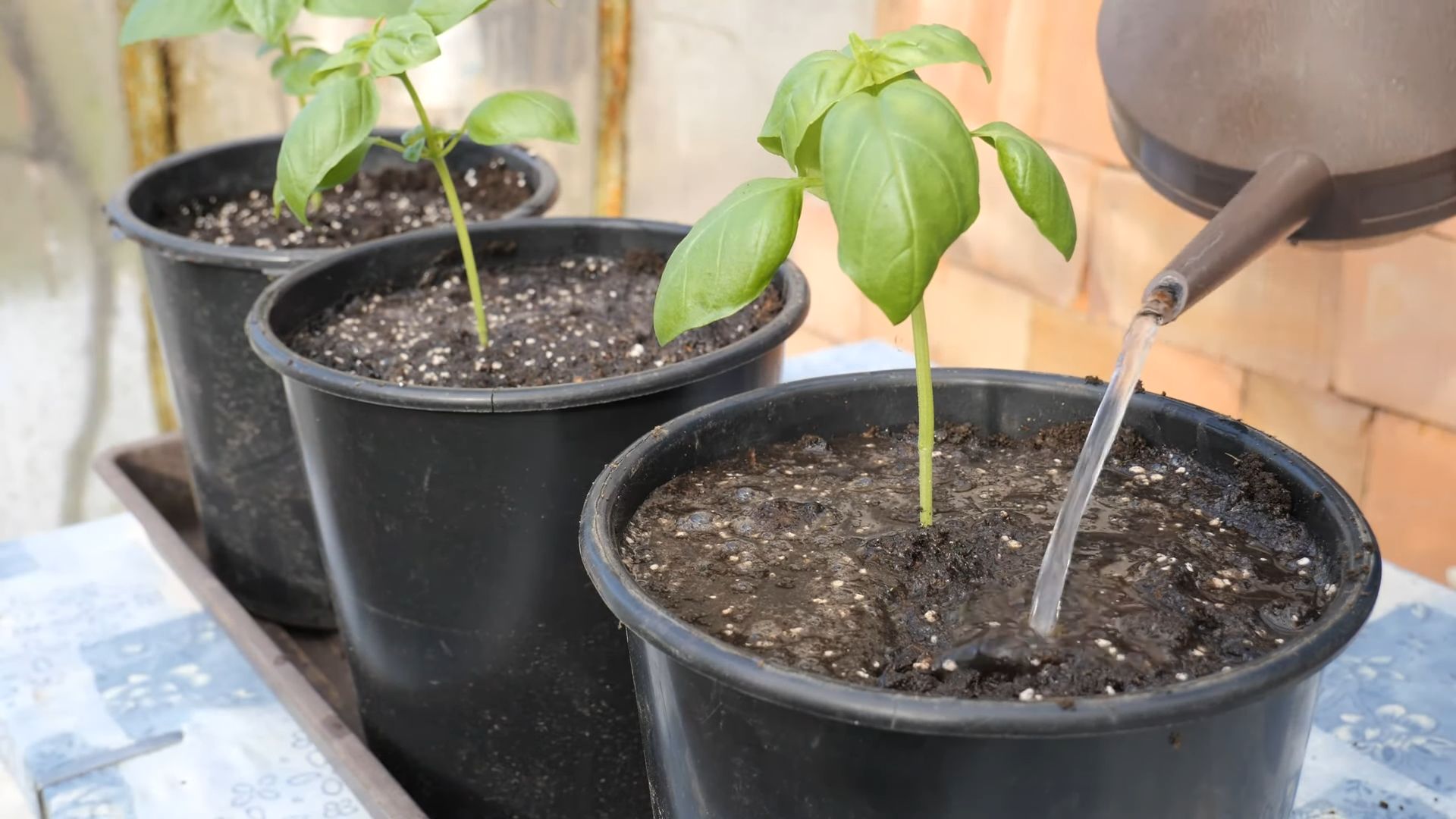
Conclusion
So there you have it – a comprehensive guide to growing your own basil from seed! This DIY trick isn’t just about saving money on grocery bills; it’s about experiencing the unparalleled freshness and flavor of homegrown basil. The vibrant green leaves, bursting with aromatic oils, will elevate your culinary creations to a whole new level. From the simple satisfaction of nurturing a tiny seed into a thriving plant to the joy of harvesting your own fragrant leaves, the entire process is incredibly rewarding. Growing basil from seed is a surprisingly easy and accessible way to connect with nature and enhance your cooking. It’s a project that’s perfect for beginners, offering a tangible sense of accomplishment and a delicious reward. You’ll be amazed at how quickly your little seedlings transform into lush basil plants, ready to provide you with an abundance of fresh leaves for weeks, even months, to come. Don’t just take our word for it – try it yourself and discover the magic of homegrown basil!
Beyond the basic method outlined, there are countless ways to personalize your basil growing experience. Experiment with different basil varieties – from the classic Genovese to the spicy Thai basil, each offers a unique flavor profile. Consider growing your basil in different containers – terracotta pots, hanging baskets, or even repurposed containers add a touch of creativity to your garden. For those with limited space, vertical gardening techniques can maximize your yield. You can also explore companion planting, pairing your basil with other herbs or vegetables that benefit from each other’s presence. Remember, the key is to have fun and experiment! Share your successes (and even your learning experiences) with us and other gardening enthusiasts. Let’s build a community of home basil growers, sharing tips, tricks, and delicious recipes featuring our homegrown bounty. We can’t wait to see your flourishing basil plants and hear about your culinary adventures! Remember to tag us in your photos on social media – we love seeing your progress!
Frequently Asked Questions
What type of soil is best for growing basil from seed?
Basil thrives in well-draining soil that’s rich in organic matter. A good quality seed-starting mix is ideal, ensuring proper aeration and drainage. You can also amend your garden soil with compost to improve its texture and nutrient content. Avoid heavy clay soils, as they can retain too much moisture and lead to root rot. A slightly acidic to neutral pH (6.0-7.0) is optimal for basil growth.
How much sunlight does basil need?
Basil is a sun-lover! It needs at least six to eight hours of direct sunlight per day to thrive. Choose a location in your garden or on your windowsill that receives ample sunlight. If you’re growing basil indoors, a south-facing window is usually the best option. Insufficient sunlight can lead to leggy growth and reduced leaf production.
When is the best time to start basil seeds indoors?
The best time to start basil seeds indoors is six to eight weeks before the last expected frost in your area. This allows the seedlings enough time to develop strong roots and establish themselves before being transplanted outdoors. However, you can also direct sow basil seeds outdoors after the last frost, once the soil has warmed up.
How often should I water my basil plants?
Water your basil plants regularly, keeping the soil consistently moist but not soggy. Allow the top inch or two of soil to dry out slightly between waterings. Overwatering can lead to root rot, while underwatering can cause wilting and stunted growth. The frequency of watering will depend on factors such as temperature, humidity, and pot size.
What are some common problems when growing basil from seed and how can I solve them?
Some common problems include damping-off (a fungal disease affecting seedlings), pests (like aphids or whiteflies), and nutrient deficiencies. Damping-off can be prevented by using sterile seed-starting mix and ensuring good air circulation. Pests can be controlled using insecticidal soap or neem oil. Nutrient deficiencies can be addressed by using a balanced fertilizer specifically formulated for herbs. Regularly inspecting your plants for signs of problems is crucial for early intervention.
Can I save seeds from my basil plants to grow next year?
Yes, you can save seeds from your basil plants, but it’s important to choose the right varieties. Basil is a self-pollinating plant, so the seeds from your plants will generally produce plants similar to the parent plant. However, hybrid varieties may not produce true-to-type offspring. Allow the basil flowers to fully mature and dry before collecting the seeds. Store the seeds in a cool, dry place in an airtight container.
My basil plants are getting leggy. What can I do?
Leggy basil plants are often a sign of insufficient sunlight. Move your plants to a sunnier location or supplement with grow lights if growing indoors. Pinching back the growing tips can also encourage bushier growth. This technique removes the apical bud, stimulating the growth of lateral buds and creating a fuller plant.
What are some creative ways to use homegrown basil?
The possibilities are endless! Use fresh basil leaves in pesto, pasta sauces, salads, soups, and stir-fries. Add it to grilled meats, fish, and vegetables. Make basil-infused olive oil or vinegar. Even create a simple basil-lemonade for a refreshing summer drink. The intense flavor of homegrown basil will elevate any dish. Experiment and discover your favorite ways to enjoy your harvest! Remember to harvest regularly to encourage continuous growth and prevent the plant from bolting (going to seed). Growing your own basil is a rewarding experience that will transform your cooking and your connection to nature.

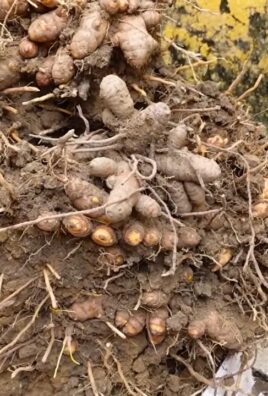
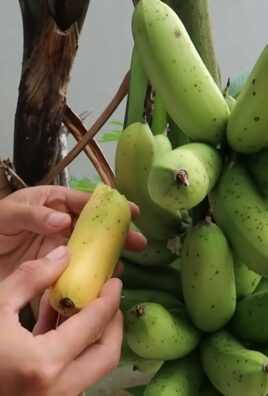
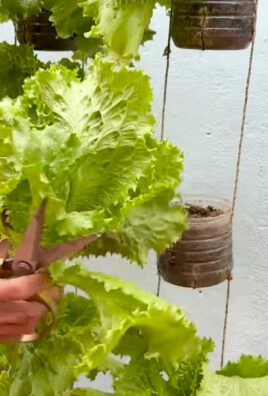
Leave a Comment